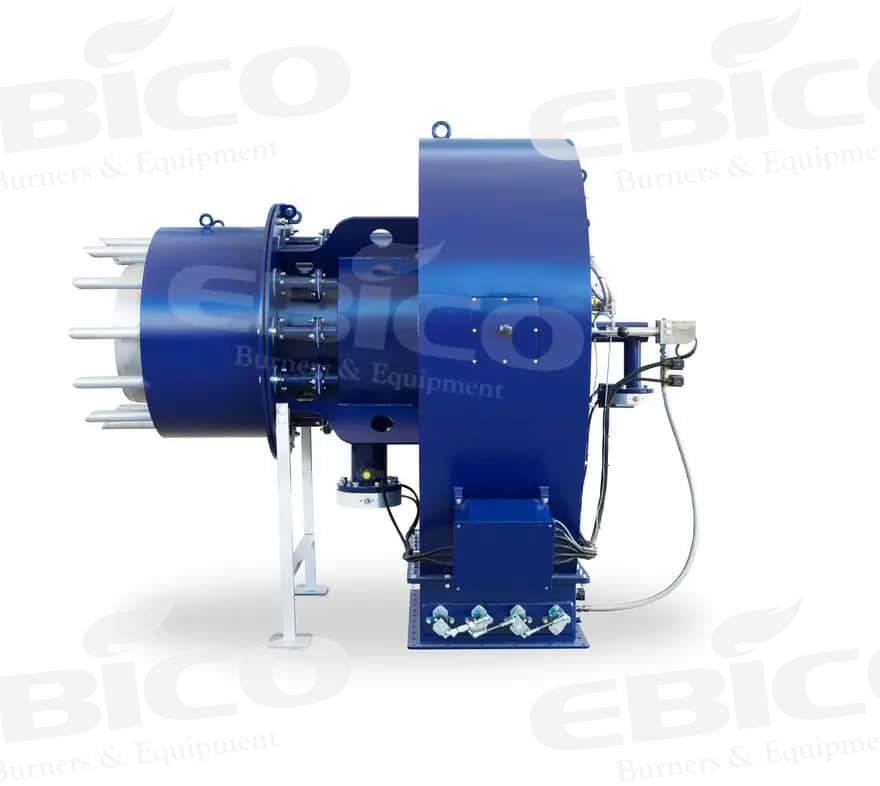Research Background And Significance Of Flameless Combustion
Research background and significance of flameless combustion
Flameless combustion is a combustion mode with no obvious flame surface, which is the simplest and most direct judgment method.
1、 Research Direction
The main research directions are: pollutant emission control mechanism (especially NOx, Co, CO); Transformation of gas boiler and oil fired boiler to strengthen heat exchange; New combustion methods, such as oxygen combustion technology combined with other combustion methods, or improved normal temperature air flameless combustion technology; It is used for the combustion of low calorific value fuels (lean coal, blast furnace gas, biomass, municipal garbage, and sludge, etc.) and the combustion and gasification of solid fuels (such as flameless oxygen combustion of pulverized coal). Improving the combustion chamber can realize flameless combustion and reduce pollutant emissions.

2、 Research Background
With the wide application of modern heat storage technology in the industry, some heating devices burning high calorific value fuel generally work under high-temperature conditions. In the conventional flame combustion mode, the chemical reaction is concentrated on the narrow flame surface, resulting in uneven temperature distribution and high flame front temperature, which will inevitably generate a large number of no-heat sources and then generate Co.
Due to the increasing global attention to environmental issues and the continuous improvement of industrial emission standards, flameless combustion, as a new low pollution combustion mode, has received extensive attention.
Scholars at home and abroad have proposed many new combustion modes, but there are some technical defects. For example:
1. The preparation cost of catalytic combustion catalyst is high, and under high-temperature conditions, the catalyst has poor stability and short service life;
2. Although the rich oil quench lean combustion can achieve ultra-low emission (less than 20.5mg/m3), the current research on it is still mainly focused on gas turbines;
3. Although pure oxygen combustion can achieve near zero NOx emission, the investment for pure oxygen enrichment in the early stage is very large.
3、 Advantages Of Flameless Combustion
Compared with other new low pollution combustion methods, flameless combustion technology has the advantages of simple equipment, uniform combustion, stable combustion, high efficiency, low emission, energy saving, less NOx generation inhibition, and reduced CO content. It has broad application prospects in the industry.
Compared with the traditional combustion technology, flameless combustion technology expands the fuel combustion range, the combustion process is stable, the temperature distribution in the combustion area is uniform, the pollution emission is low, and the noise is low.
